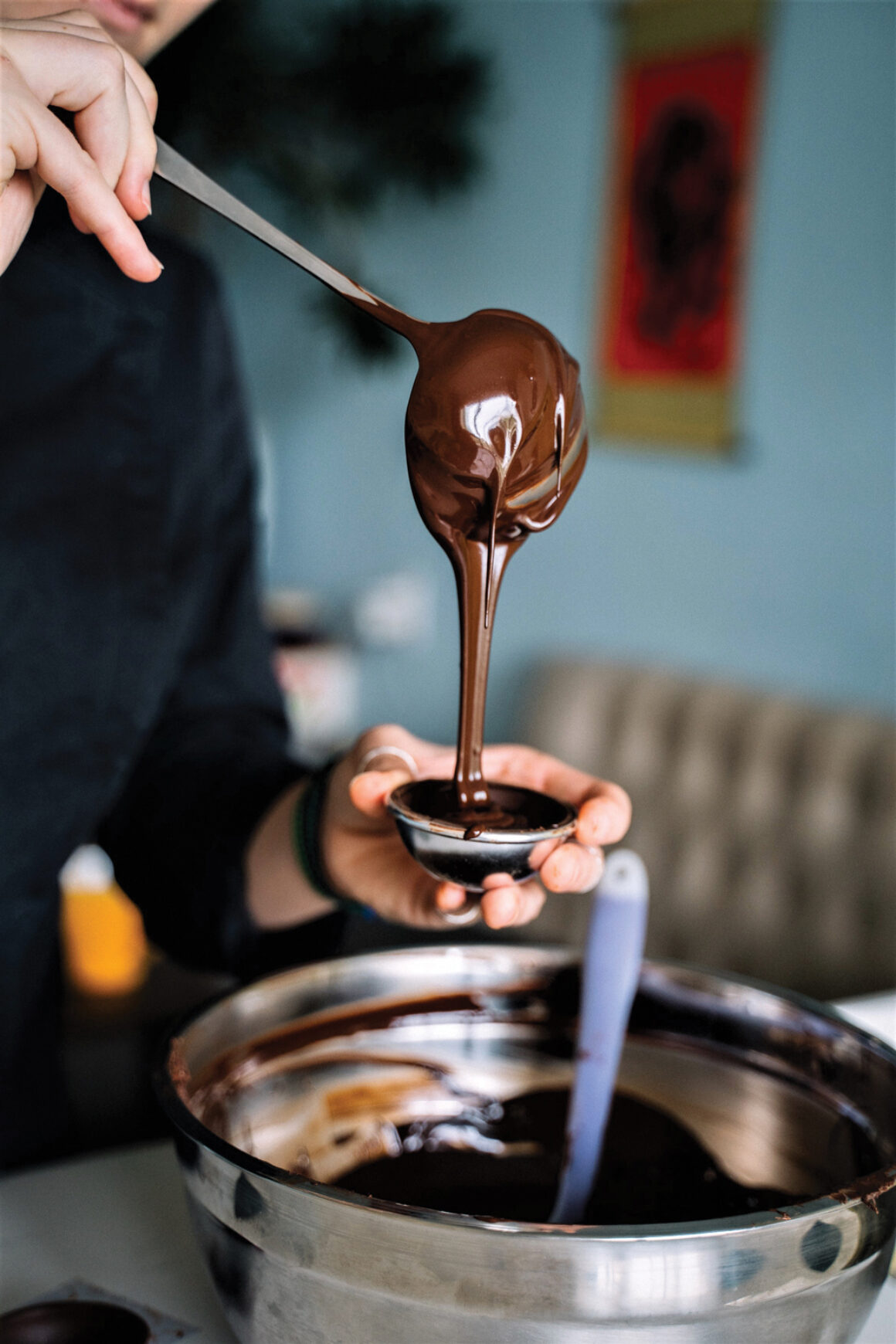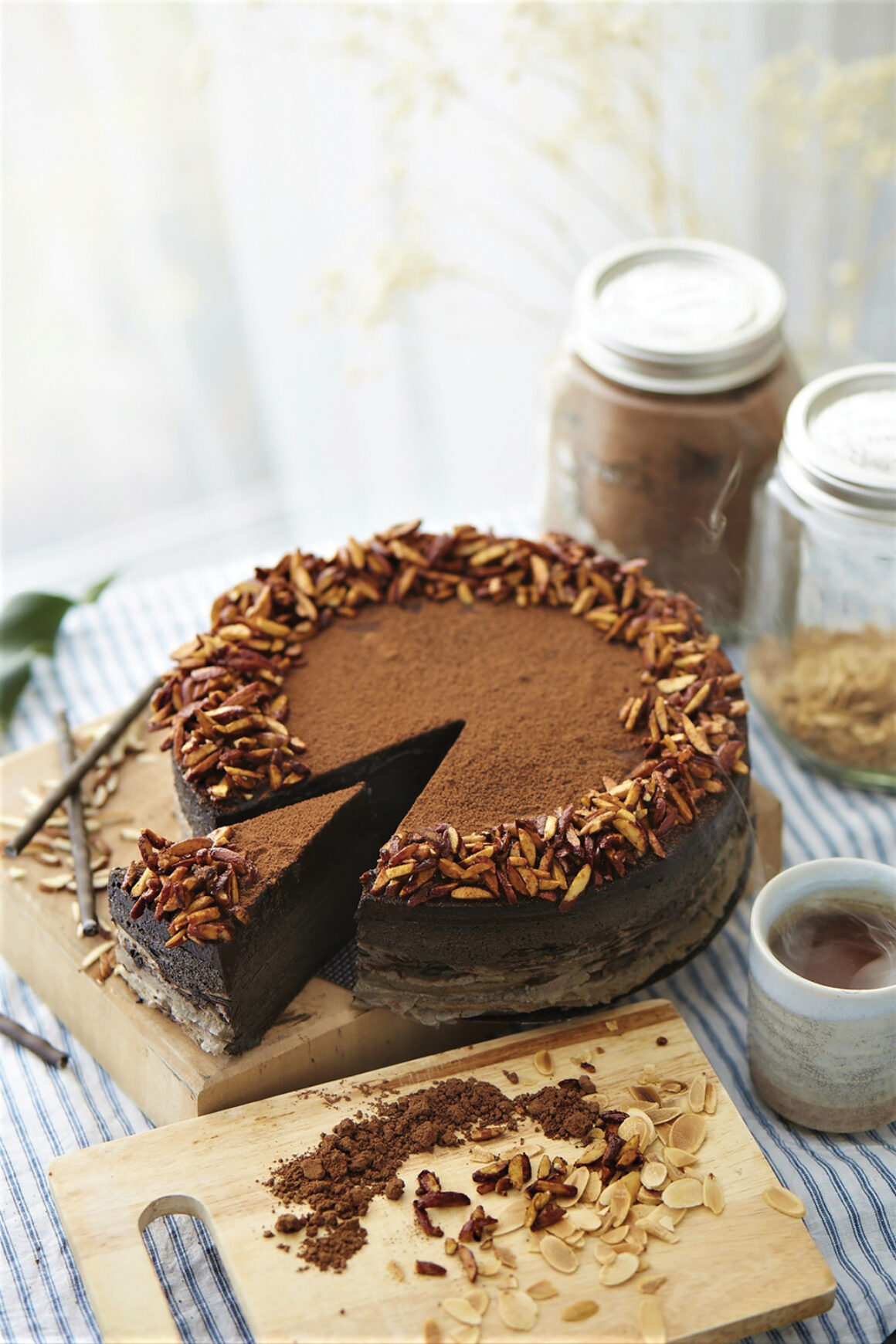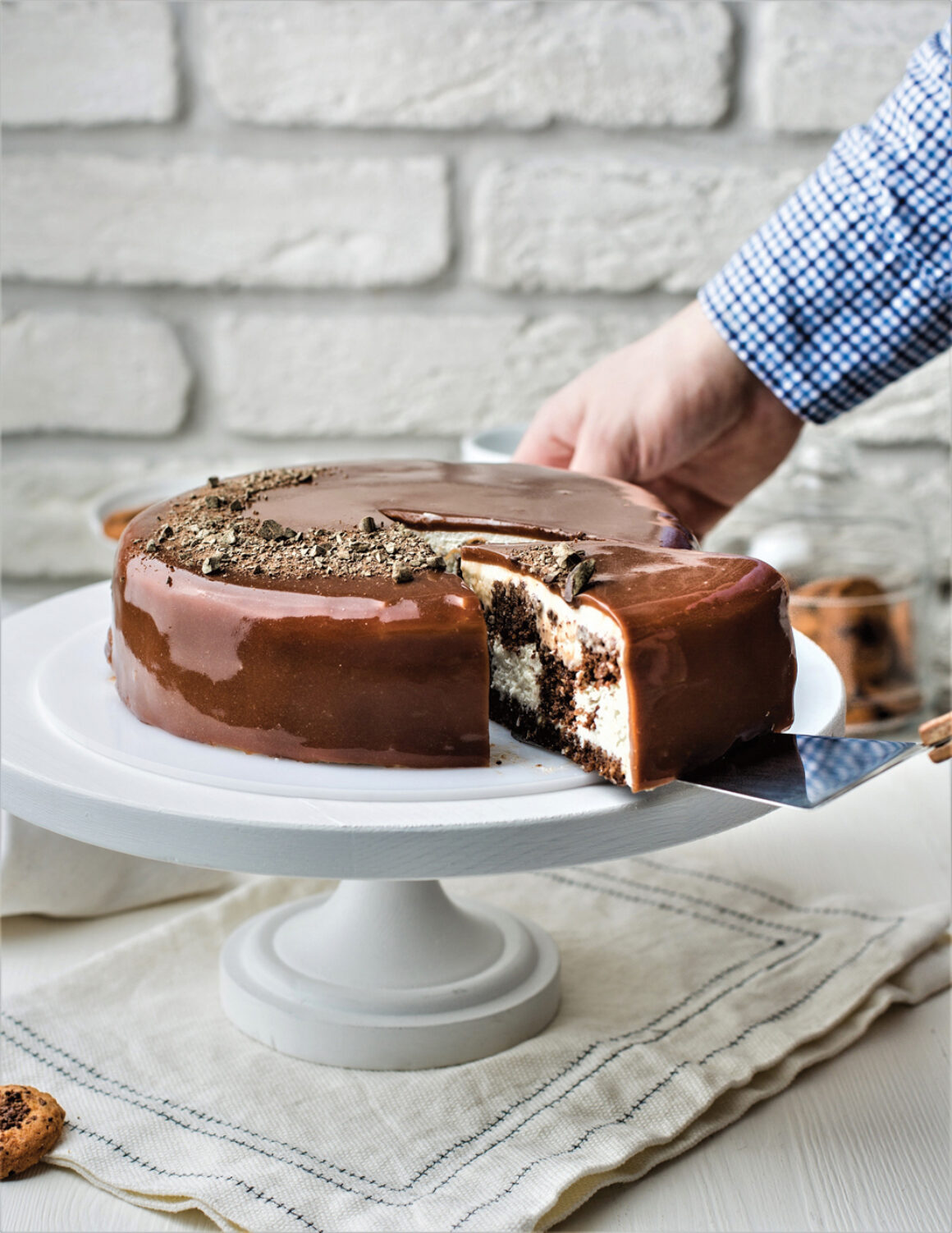Have your way with chocolate
Sometimes the process a food item needs to endure to make it palatable is complex, especially when compared to plucking an apple from a tree. Chocolate, case in point. It starts off with a fruit resembling a large papaya; inside the seeds don’t look, smell or taste anything like chocolate. It’s a long and complicated process before it becomes the chocolate bar we tear the wrapper off and devour without a moment’s thought.
The tree that bears the fruit grows twenty degrees north and south of the equator (barring a few places in Africa that are too dry) and will grow almost anywhere that falls within those latitudes, like Tobago, Brazil, Cameroon, Ecuador and Nigeria.
Most of the processed beans find their way to Belgium where the final processes of turning it into chocolate, takes place. So, when you hear reference to ‘Belgian chocolate’ don’t be fooled into thinking that it grows there. What results is a mixture of all the beans from around the world, that’s finely processed to achieve a standard product. It’s a bit like blending single malt whiskies to create the blends of Bells, Teachers and Grouse.
Now that more people are taking an interest in where their food comes from and how it is produced you can buy ‘single estate’ chocolate in certain shops and become a chocolate connoisseur if you are so inclined.
The important thing to know about the chocolate is its quality; and now that there’s a demand for this information, manufacturers are disclosing this on their labels by including the percentage of cocoa solids their chocolate contains.
I recall a radio programme some years ago where they were discussing the chocolate shortage problem. In the studio they had the managing director of a small specialist chocolate producer and a spokesman from one of the big chocolate bar firms. At one point the specialist said to the bigger producer: “Well you don’t have to worry, there’s hardly any chocolate in your chocolate.” There was a short, embarrassed silence before the interviewer moved things on.
The very dark so-called plain chocolate will have the highest percentage of cocoa solids, mostly between 65 to 85 percent. Milk chocolate contains about 40 percent cocoa solids – more sugar than dark chocolate, and lots more dairy products (hence the title). White chocolate has no chocolate solids in it at all, only chocolate butter, so it’s not really chocolate at all.
The quality of chocolate that makes it such a luscious treat is the fact that its melting point is the same temperature as the inside of one’s mouth hence, all the sensual advertising of chocolate products.
Chocolate is a complex mixture of different fats that have been heated and emulsified at precise temperatures (a process called tempering) that will give the cooled, end product a glossy shine and a crisp snap – characteristic of good chocolate.
To retain that quality when it is melted in creating another product, say for instance if you were making sweets that are dipped in chocolate, is not easy and the finished result can end up lacking shine and texture, and look dusty after a couple of days. But if you are melting chocolate and incorporating it with other ingredients, like brownies, truffles, cake, or mousse, this is not a problem.
However, using chocolate in cooking desserts still requires a depth of understanding of the product, if you want good results.
I think some recipes don’t work that well as you end up diluting the flavour of the chocolate. Chocolate ice cream is diluted by the amount of cream, and a chocolate soufflé by the egg needed to make it rise, which frustratingly means you don’t get that wonderful chocolate hit.
Some people may disagree, but I think one shouldn’t mess around with the flavour of chocolate too much. You can buy all sorts of chocolate pairings with flavours like orange, raspberry, chilli, cardamom and ginger, but I am not a fan. And then of course there is the use of chocolate in savoury dishes.
Being somewhat conservative, it took me a long time to approach this idea until I realised you don’t have to think of it in terms of a conventional sweet chocolate sauce with chicken or steak.
A small square of bittersweet chocolate swirled into a rich game sauce, in much the same way as you would a knob of butter, to go with venison perhaps, is a revelation – it adds richness to already complex flavours. Also melting a small quantity into chilli-con-carne just before serving adds a velvety bitter sweetness to the dish that doesn’t actually taste of chocolate, but just gives it added luxury.
Written by Chef & Author, Ian Dowding


